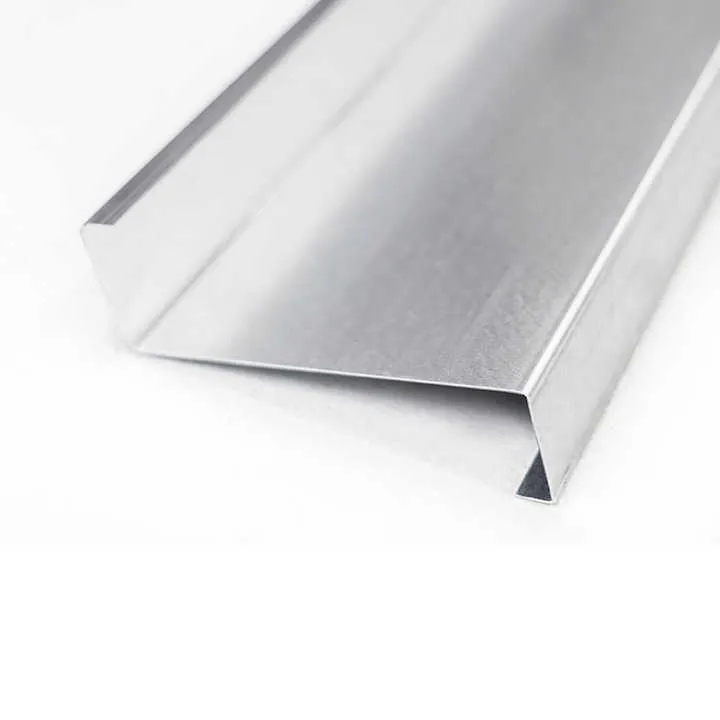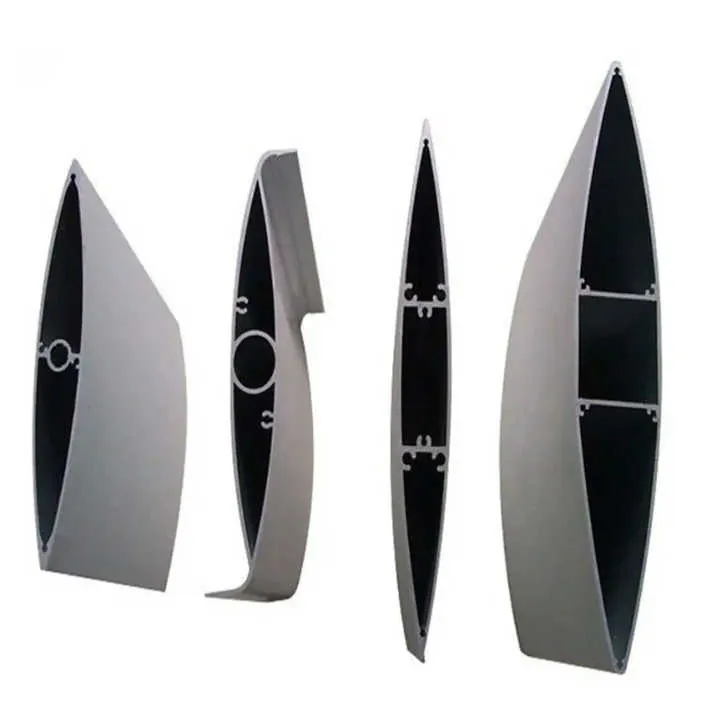Je hliník magnetický?

You try to stick a magnet to aluminum—it slides off. But does that mean it’s not magnetic at all?
Aluminum is considered non-magnetic because it does not attract magnets under normal conditions due to its weak interaction with magnetic fields.
However, there’s more to it than meets the eye—especially when we look deeper into physics and materials science.
What magnetic properties does aluminum have?
Aluminum doesn’t behave like iron or nickel, but that doesn’t mean it lacks magnetic properties entirely.
Aluminum is classified as paramagnetic, meaning it has weak and temporary magnetic properties when exposed to an external magnetic field.

Magnetic Classifications
There are three main types of magnetism:
- Ferromagnetic: Strong attraction (e.g., iron, cobalt)
- Paramagnetic: Weak, temporary attraction (e.g., aluminum, magnesium)
- Diamagnetic: Weak repulsion (e.g., copper, bismuth)
Aluminum is paramagnetic. It slightly aligns with magnetic fields, but the effect is so weak that it’s not noticeable in everyday use.
No Permanent Magnetism
Once the external magnetic field is removed, aluminum returns to its original state. It does not retain any magnetization like iron does.
| Typ materiálu | Magnetic Behavior | Příklad |
|---|---|---|
| Ferromagnetic | Strong permanent magnetism | Iron, Steel |
| Paramagnetic | Weak, temporary alignment | Hliník |
| Diamagnetic | Weak repulsion | Měď |
Aluminum has paramagnetic properties under certain conditions.Pravda
Aluminum slightly aligns with external magnetic fields, but does not become permanently magnetized.
Aluminum is strongly attracted to magnets in everyday use.False
Aluminum's weak paramagnetism is not strong enough to attract household magnets.
Why is aluminum considered non-magnetic?
When people say something is “non-magnetic,” they usually mean it doesn’t stick to a magnet.
Aluminum is labeled non-magnetic because its weak paramagnetic behavior is too subtle to observe without scientific tools.

Lack of Unpaired Electrons
Magnetism in metals is often due to unpaired electrons in their atomic structure. Aluminum has all its electrons paired, so it doesn’t produce a magnetic field.
Crystal Structure
Aluminum has a face-centered cubic structure that doesn’t support magnetic domain alignment. This limits its ability to become magnetized.
No Observable Force
When you bring a magnet close to aluminum, there’s no visible reaction. For consumers and engineers, this means it behaves like a “non-magnetic” material in practical applications.
| Důvod | Vysvětlení |
|---|---|
| Electron Configuration | No unpaired electrons |
| Crystal Structure | No magnetic domains |
| Low Magnetic Susceptibility | Too weak for noticeable effects |
Aluminum is considered non-magnetic because it lacks strong magnetic attraction.Pravda
Aluminum does not visibly interact with magnets due to its weak paramagnetic nature.
Aluminum contains magnetic domains like iron.False
Aluminum's crystal structure does not support magnetic domain formation.
Can aluminum become magnetic under special conditions?
Yes, but only temporarily and under extreme conditions.
Aluminum can show stronger magnetic effects under certain conditions such as very high magnetic fields, cryogenic temperatures, or when it’s moving relative to a magnetic field.

Moving Aluminum and Eddy Currents
When aluminum moves through a magnetic field, it creates circular electric currents called eddy currents. These generate their own magnetic field that repels the magnet. This effect is seen in:
- Magnetic braking systems
- Induction heating
- Roller coasters and trains
Even though the material isn’t magnetic, its motion in a magnetic field makes it “appear” magnetic.
Low-Temperature Behavior
At temperatures near absolute zero, aluminum shows slightly more noticeable paramagnetic effects, but still not enough to become ferromagnetic.
Not Magnetizable
Even in extreme lab conditions, aluminum cannot hold magnetism. It always returns to its original, neutral state.
| Stav | Magnetic Effect | Vysvětlení |
|---|---|---|
| Movement in field | Creates eddy currents | Generates magnetic repulsion |
| Cryogenic temperatures | Slightly stronger response | Increases magnetic susceptibility |
| Strong external fields | Weak temporary alignment | Still non-permanent |
Aluminum can create magnetic repulsion when moving through a magnetic field.Pravda
This happens due to eddy currents, not because aluminum becomes magnetic itself.
Aluminum can become a permanent magnet at cryogenic temperatures.False
Even at low temperatures, aluminum remains non-magnetizable.
How to test magnetism of metals?
You don’t need a lab to check if a metal is magnetic—just some basic tools.
You can test a metal’s magnetism using a neodymium magnet, checking for attraction or repulsion, or using electromagnetic induction setups for deeper analysis.

Simple Magnet Test
Hold a strong magnet (like neodymium) close to the metal:
- If it sticks hard: It’s likely ferromagnetic
- If nothing happens: It could be non-magnetic or weakly paramagnetic
Movement Test (Eddy Currents)
Slide a magnet over a slanted aluminum surface. You’ll feel odolnost nebo slowdown. This shows eddy current generation—not magnetism, but still magnetic interaction.
Use of a Gauss Meter
For more precise results, a gauss meter can measure magnetic fields near the metal. It detects if a metal influences the magnetic field, even if it’s not attracted.
| Typ testu | Tool Needed | Measures |
|---|---|---|
| Stick Test | Strong magnet | Attraction / repulsion |
| Slide Test (eddy) | Ramp + magnet | Magnetic interaction |
| Gauss Meter Reading | Gauss meter | Field distortion |
Using a magnet slide test can reveal aluminum’s magnetic interaction through eddy currents.Pravda
While aluminum isn’t magnetic, motion through a field creates resistance due to induced currents.
If a metal doesn’t stick to a magnet, it has no interaction with magnetic fields.False
Some metals like aluminum interact via eddy currents despite not being ferromagnetic.
Závěr
Aluminum is non-magnetic in daily use, but scientifically it’s classified as paramagnetic. Though it doesn’t attract magnets like iron, it still interacts with magnetic fields in unique ways, especially when moving.


